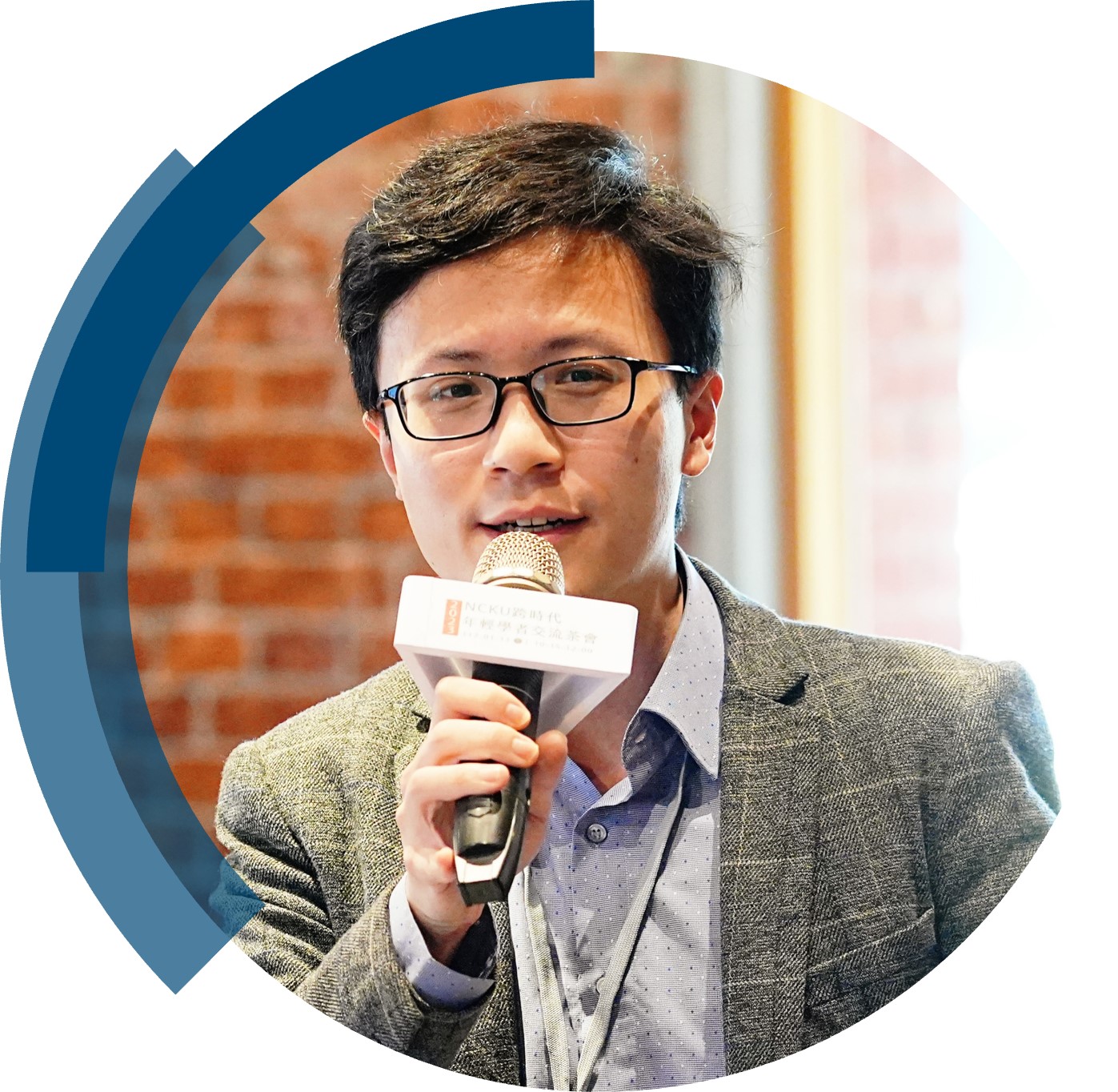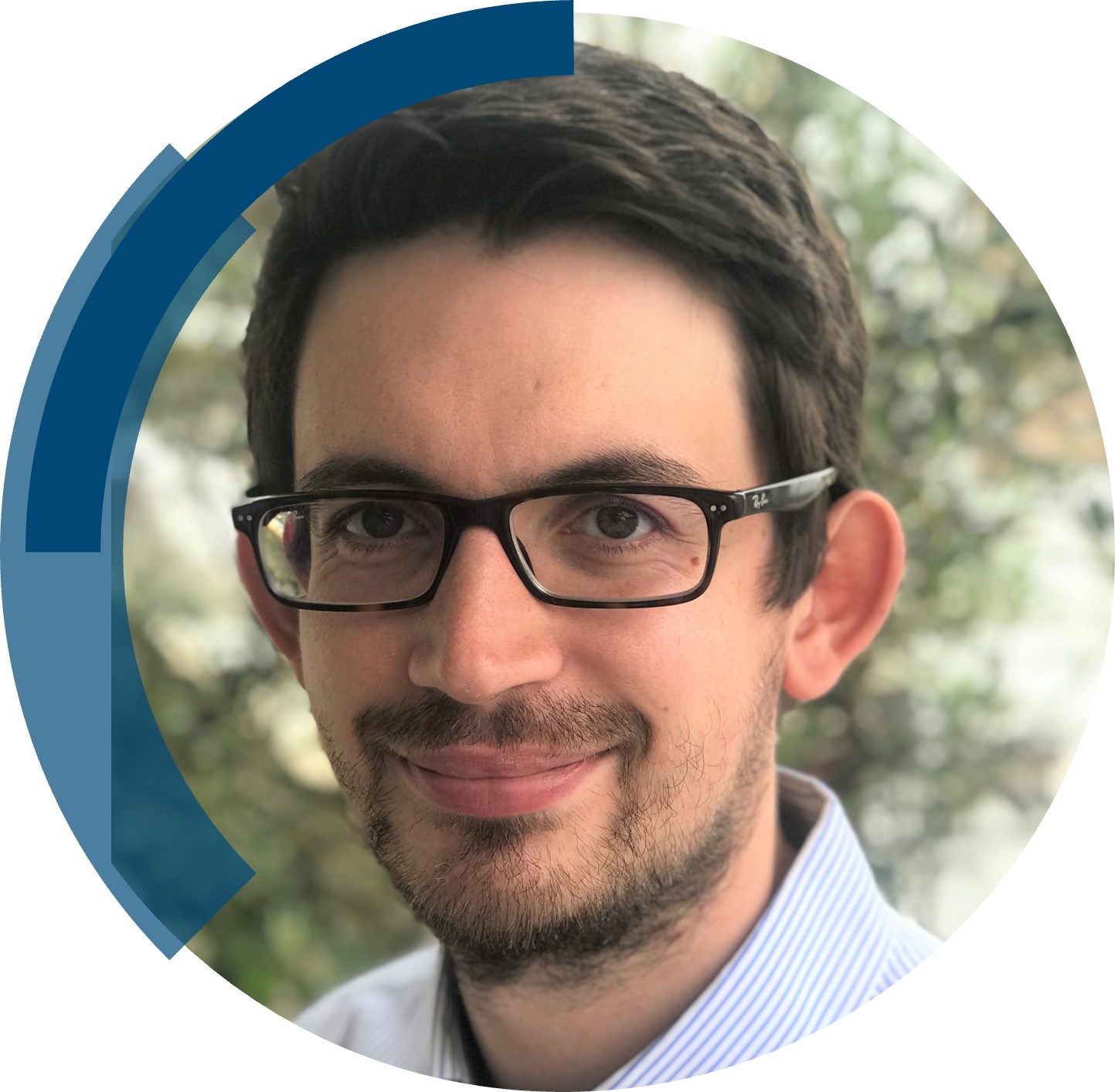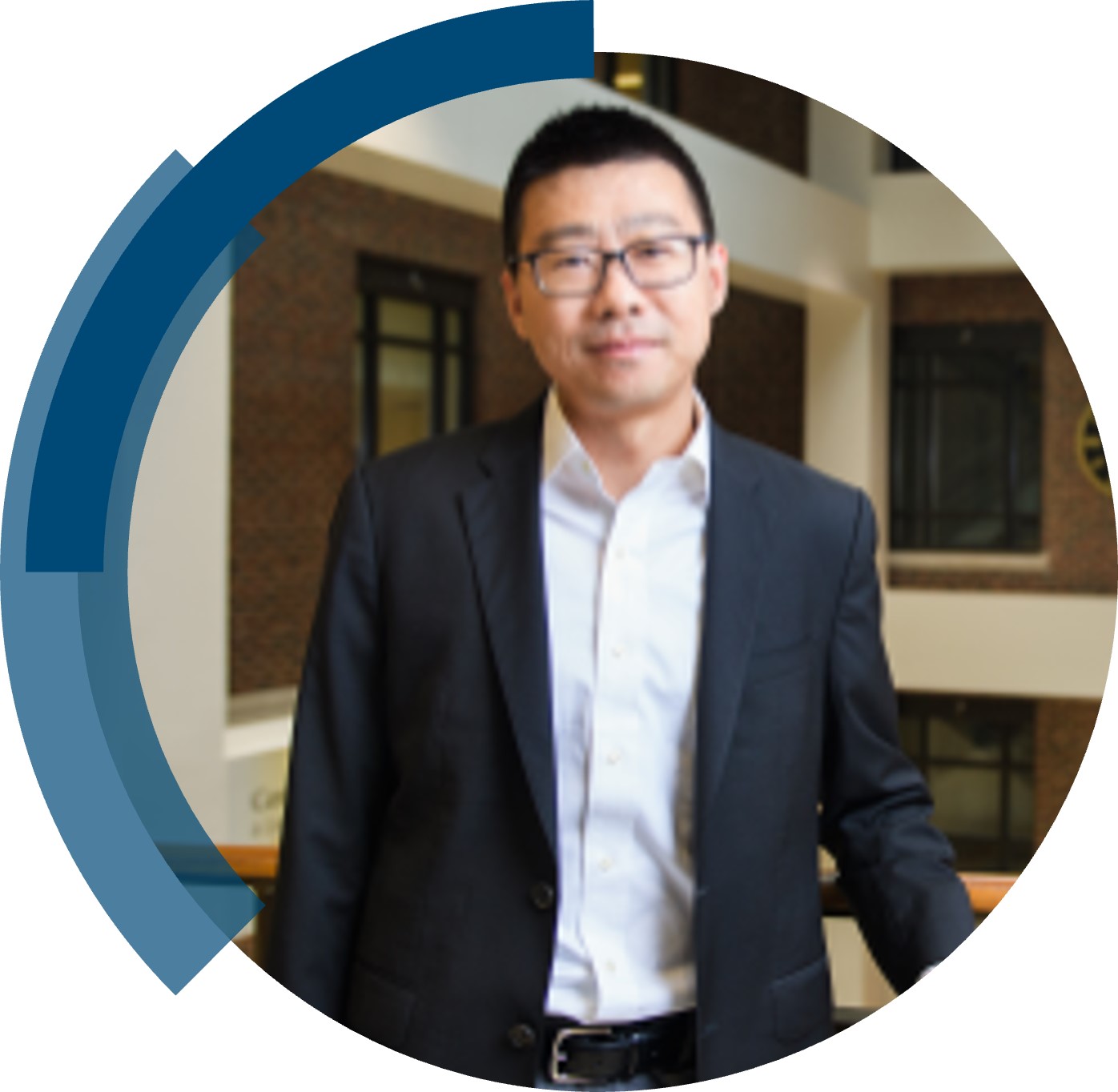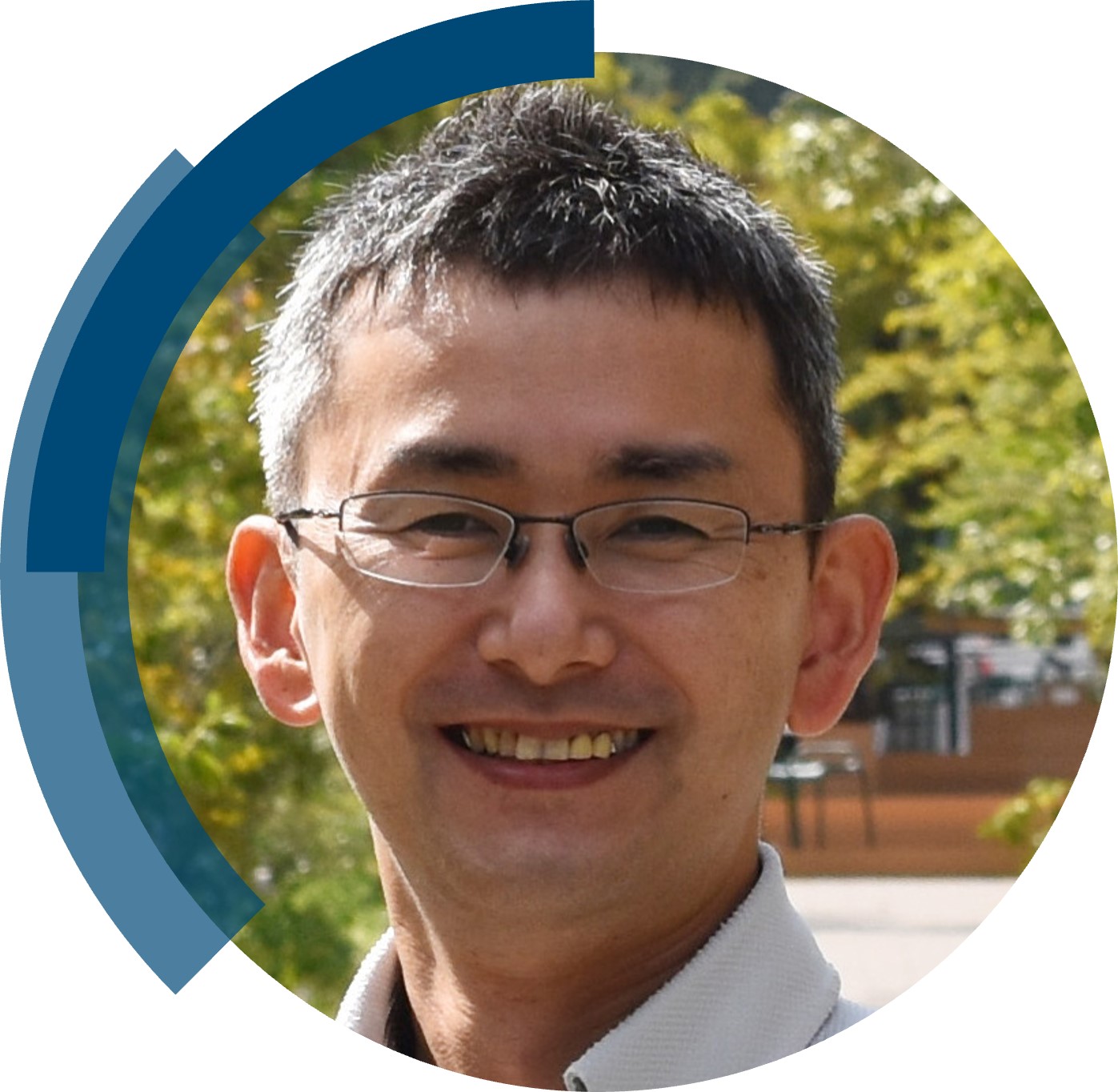ChemComm is publishing its 60th volume in 2024. Over the past 60 years, ChemComm has been the RSC’s most cited journal, and one of the most trusted venues for rapid publication of short communications. In our anniversary year, we recognise the important contributions ChemComm has made, and continues to make, in advancing the chemical sciences.
As part of our anniversary celebrations, we’ve brought together a collection featuring the latest research from some of our most loyal and dedicated authors. From those marking the beginning of their independent academic career by publishing their first article with us, to the rising stars and established leaders publishing in our yearly ‘Emerging Investigators’ and ‘Pioneering Investigators’ collections, this collection champions the contributions of our worldwide author community. We are proud many authors choose to support our journal by regularly publishing their best work with us. This collection also features papers from our ChemComm Emerging Investigator Lectureship winners, and our Outstanding Reviewer awardees, whose invaluable feedback has shaped our published content through the years.
To accompany the collection, we’ll be publishing interviews with contributing authors where they provide further insight into their research and reflect on their journey with ChemComm.
Check out our interview with Professor Chung-Wei Kung (National Cheng Kung University, Taiwan) below!
What is your favourite thing about ChemComm?
ChemComm provides fast reviewing and publishing processes to report novel findings providing new insights in chemistry. It allows the up-to-date spread of new ideas and findings to the chemistry community, and thus can inspire and influence other researchers without a long time delay. I can always find interesting studies and new ideas by reading articles in ChemComm.
In what ways do you think ChemComm stands out among other journals in your field?
In addition to the fast publishing process, ChemComm emphasized the new contributions of its work in the aspect of all fields of chemistry, and it published rigorous studies in chemistry. ChemComm also has a long history and a great reputation in the chemistry community. Such facts render ChemComm standing out from other metric-chasing Journals focusing a lot on high performances in applications in recent years and Journals in specialized subfields.
How would you describe the peer review process and interaction with the editorial team at ChemComm?
Peer-review process is quick, and comments are constructive. In addition, as a reviewer of ChemComm for several articles, I found that the review reports from other reviewers are usually quite constructive with a high quality and rigor in chemistry. We thank the reviewers and the professional editorial team.
Could you provide a brief summary of your recent ChemComm publication?
In our group, we focus on the design of MOF-based porous materials and their roles in aqueous electrochemical processes while preserving their structural integrity. Thus, our contributions mostly focus on group(IV) metal-based MOFs such as zirconium(IV)-based MOFs (Zr-MOFs), since their structures are highly tunable, and they are stable in aqueous solutions. Numerous studies published since 2015 have attempted to utilize Zr-MOFs in electrocatalysis. Thus, as the author of several of them, I contributed this Feature Article in ChemComm to highlight the progress of this subfield over the past ten years, clarify the critical concepts regarding how the MOFs can play unique roles in electrochemical processes and what could be the rational design, and provide perspectives and constructive suggestions on future studies to this community.
In your opinion, what are the next steps or potential areas of research that could build upon the findings in this paper?
More opportunities are there to incorporate such highly stable MOFs into a range of electrochemical processes to enhance or adjust the reaction rates and selectivity. Stability of the framework during the electrochemical process and tracing structural changes during the reaction will attract more attention, and the actual roles of each MOF in each electrocatalytic process will be further clarified in future studies. These areas and findings should be of highly interest to the chemistry community and provide different viewpoints compared to application-oriented studies.
Be sure to read Chung-Wei’s full Feature Article, “Zirconium-based metal–organic frameworks and their roles in electrocatalysis” to learn more!






















